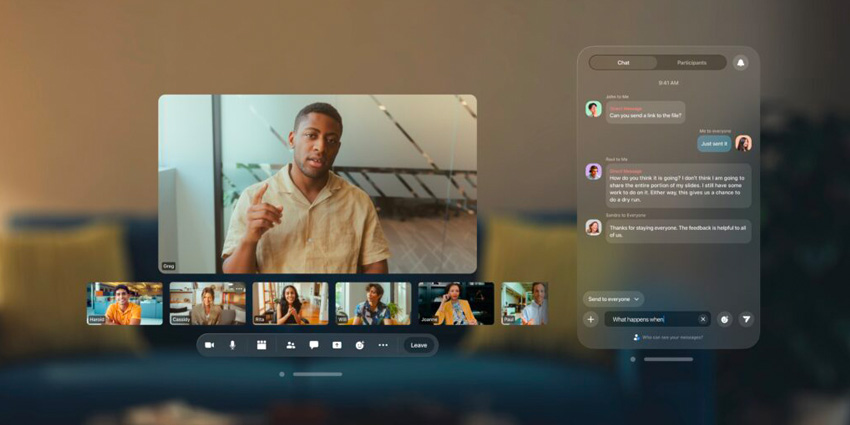Unity, a leading real-time 3D (RT3D) development platform, released a significant update to its XR Interaction Toolkit (XRI) this week.
The XRI 2.3 update adds three critical features to the popular RT3D engine, including eye gaze/hand tracking for more natural interactions, audiovisual affordances to create engaging interactions, and an improved device simulator to test XR applications.
If correctly leveraged, the XRI 2.3 update could provide Unity developers with a significant step forward for VR/AR/MR interaction.
The update adds new features for making XR experiences more natural, immersive, and engaging. Moreover, the update helps developers create XR experiences compatible with various devices.
XRI is a high-level, component-based interaction system for creating immersive experiences. It provides a common framework for interactions and streamlines cross-platform immersive content creation.
Unity XRI 2.3: Eye Gaze and Hand Tracking
XRI 2.3 supports eye gaze and hand tracking for more natural, immersive interactions. Eye gaze tracking allows users to interact with objects simply by looking at them. Hand tracking enables users to interact with objects using their hands without needing controllers.
Developers can also leverage these new features to create more immersive and natural XR experiences for consumer and enterprise applications.
Moreover, a user could use eye gaze tracking to select objects in a menu or interact with in-game characters. Hand tracking lets users pick up objects, manipulate them, and interact with the environment.
Audiovisual Affordances
XRI 2.3 also introduces audiovisual affordances. The feature provides easy-to-integrate immersive visual and audio cues that help users understand how to interact with objects.
An interactable object that a user can pick up might have a highlight or a sound effect when the user looks at it. Moreover, XRI 2.3 contains considerations for other forms of digital object interaction, such as hovering, selecting, and activating.
Audiovisual affordances can also help to make XR interactions more intuitive and engaging with simple but recognisable cues. The feature can also help reduce users’ cognitive load, making it easier for them to focus on an immersive experience.
Improved Device Simulator
The XRI 2.3 update also includes an improved device simulator. The feature provides developers with a digital simulation of an XR device that allows developers to test their XR experiences on immersive products without owning them.
The device simulator for XRI 2.3 is a valuable tool for developers who want to create VR experiences compatible with a wide range of devices.
The features allow developers to ensure their application is suitable for a range of XR-ready products for distribution.
According to Unity device simulator can help to ensure that their experiences work as expected on all devices, regardless of specifications.
How Enterprise End-Users Can Leverage Unity 3D for VR Development
Unity 3D is a powerful RT3D engine that enterprise end-users can leverage to create immersive and interactive XR experiences. Enterprise end-users can leverage Unity 3D to develop immersive training applications, simulations, and other experiences to improve workplace productivity, efficiency, and safety.
For example, a manufacturing company could use Unity 3D to create a VR training application that teaches employees how to operate a piece of machinery safely.
A healthcare company could use Unity 3D to develop a VR simulation allowing surgeons to practice complex procedures before performing them on patients, and a construction company could use Unity 3D to create a digital twin of a new building that allows architects and engineers to collaborate on a design.
Unity 3D is a popular choice for XR developers because it is easy to use, powerful, and affordable. The Unity platform provides many tools and resources to help XR developers create high-quality immersive experiences.
For example, Unity 3D includes a built-in physics engine, a powerful rendering engine, and a comprehensive set of tools for creating user interfaces. Unity 3D also has a large and active community of developers who can provide support and guidance.
Unity 3D is a powerful tool for creating immersive and interactive VR experiences. Enterprise end-users and XR developers can leverage Unity 3D to improve productivity, efficiency, and safety via immersive applications.







